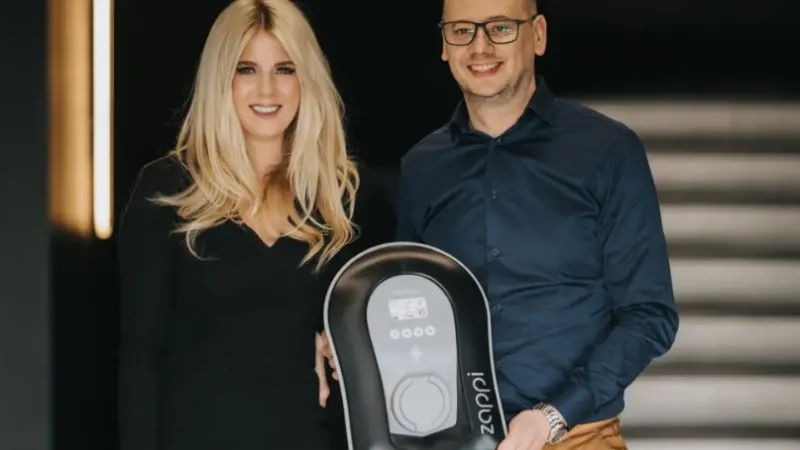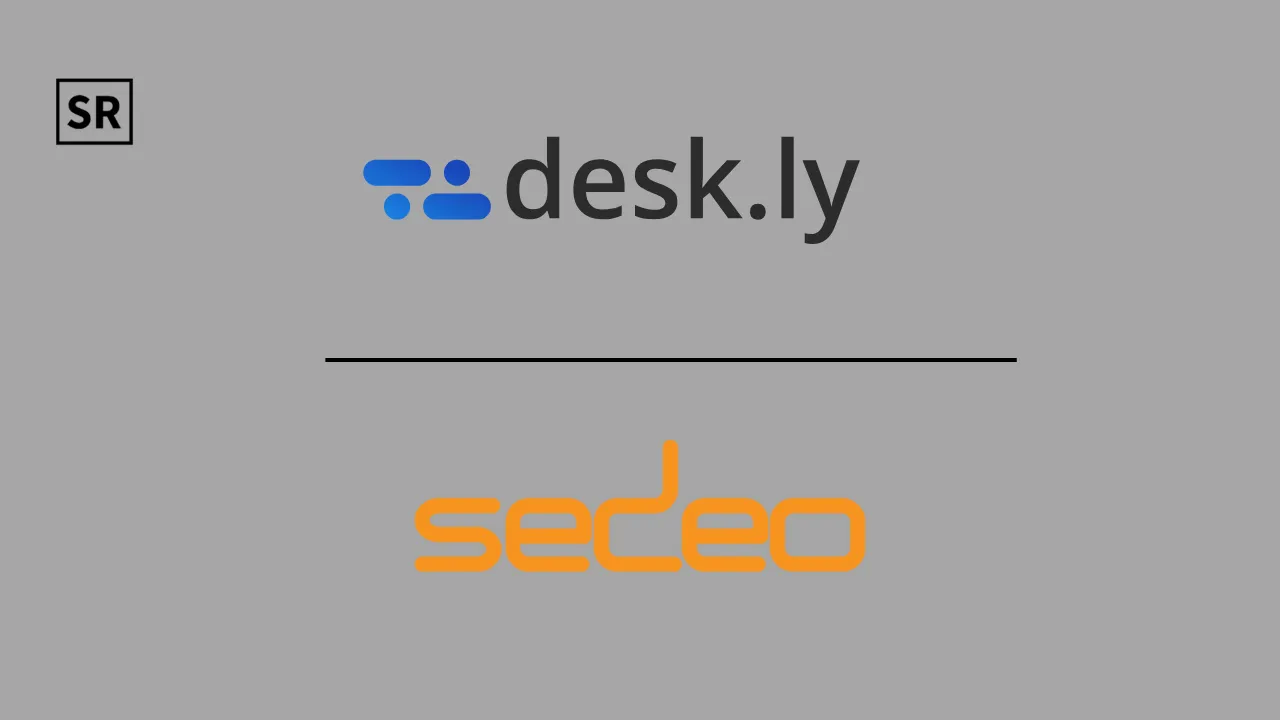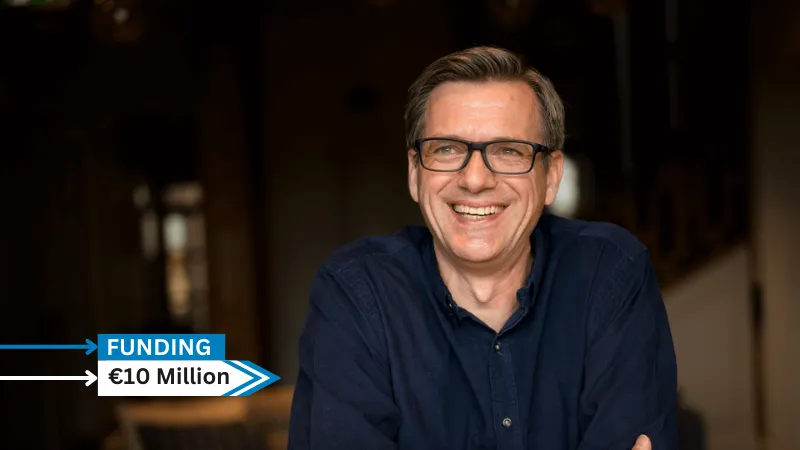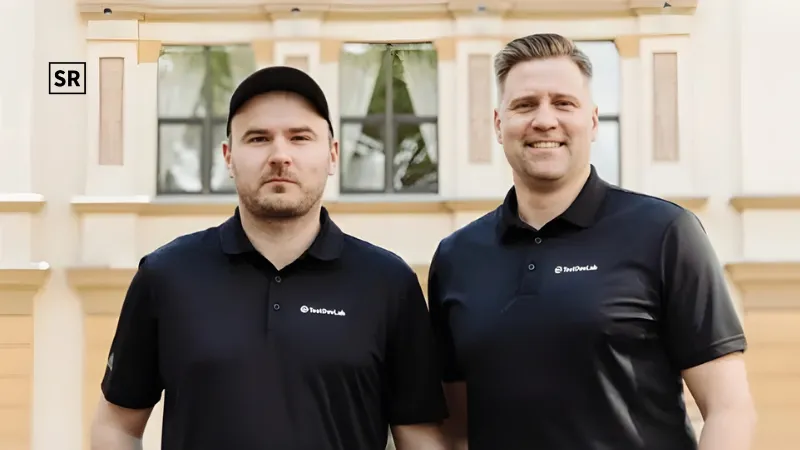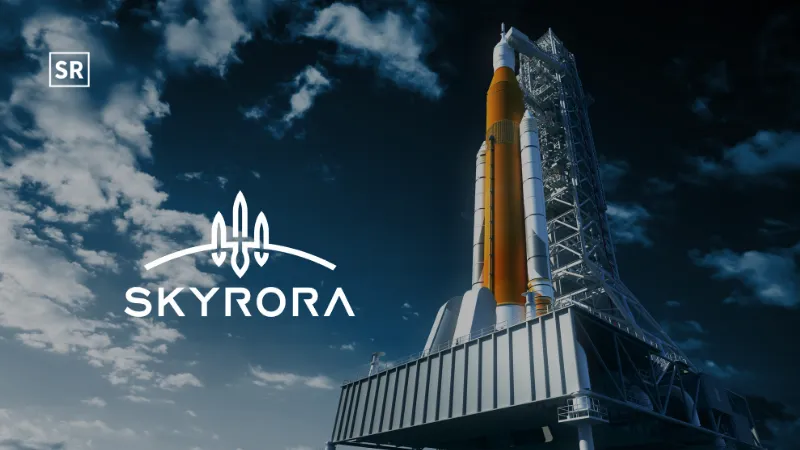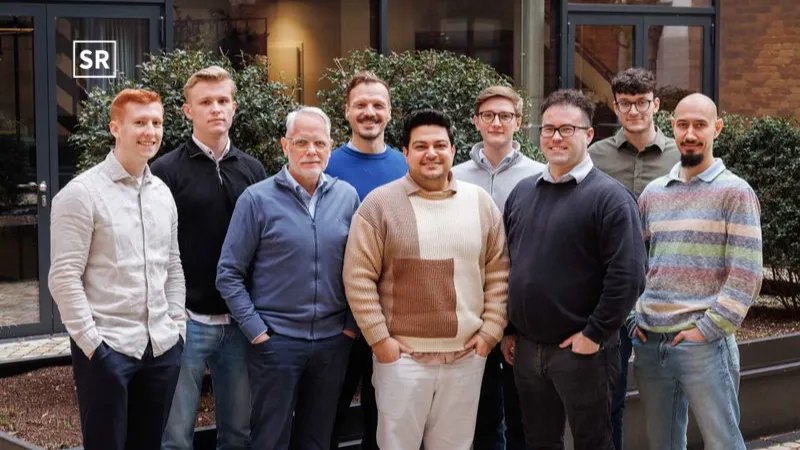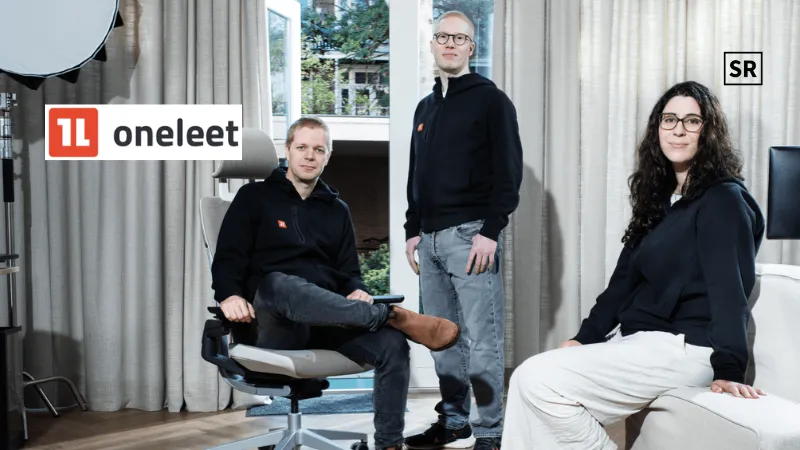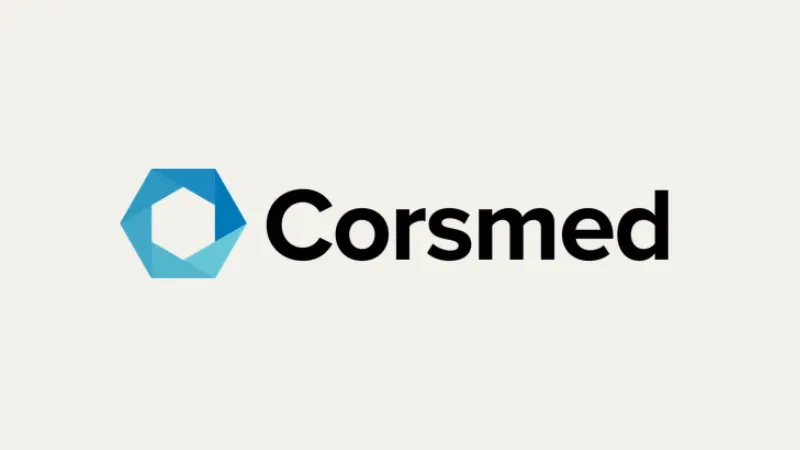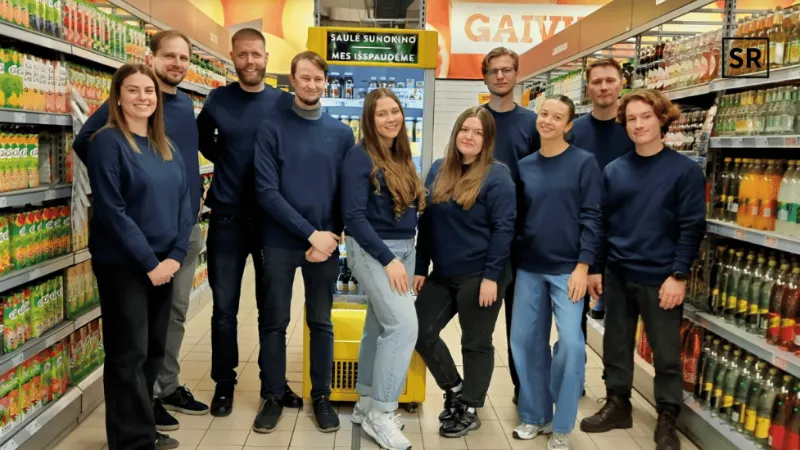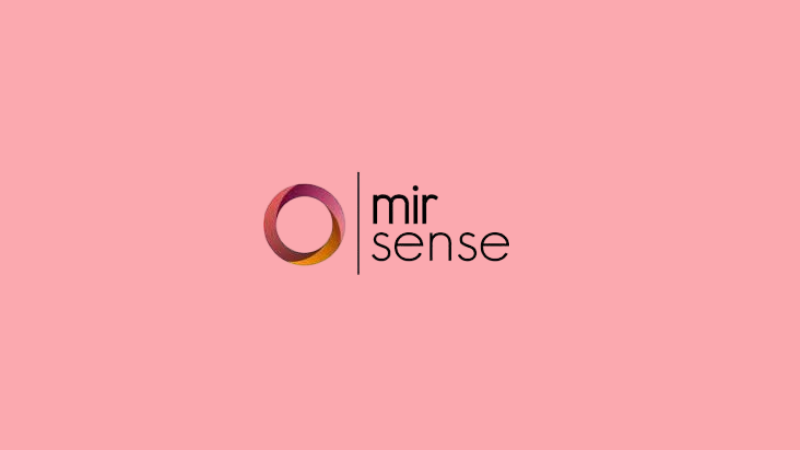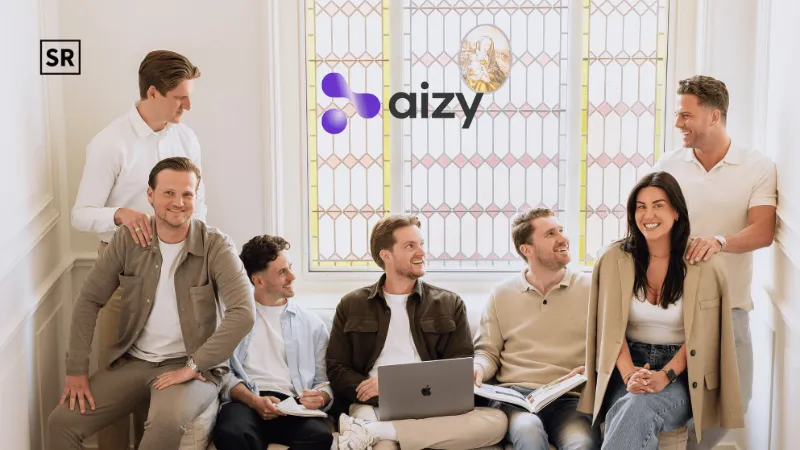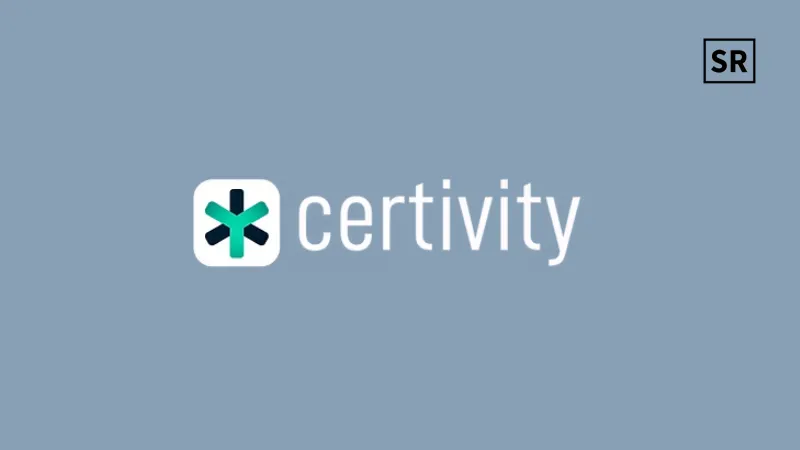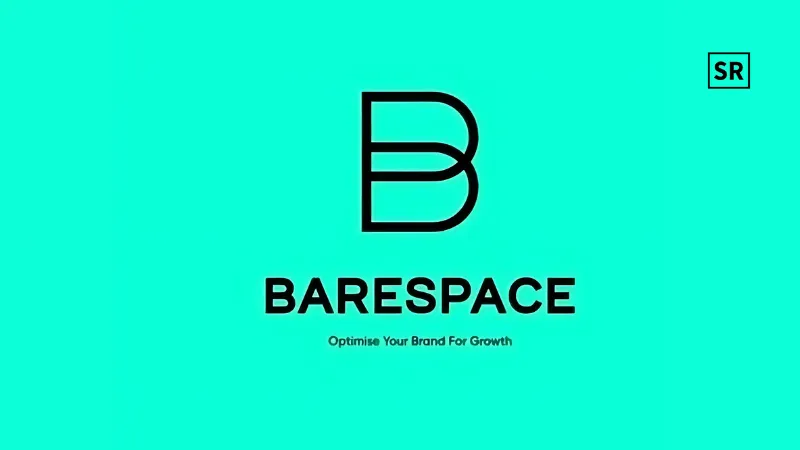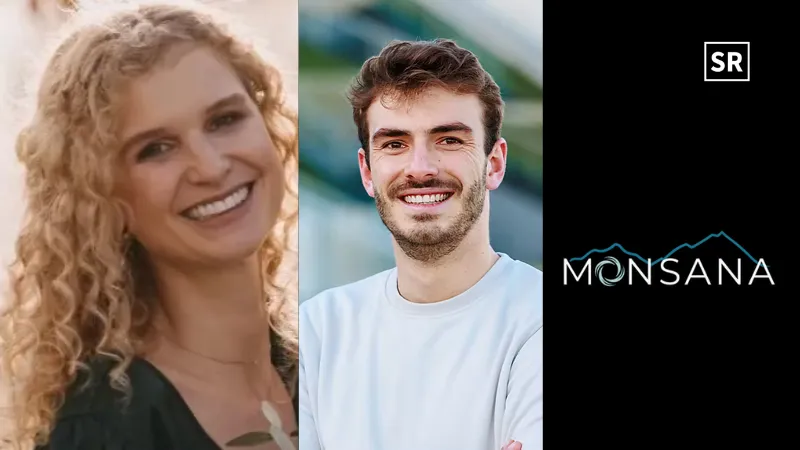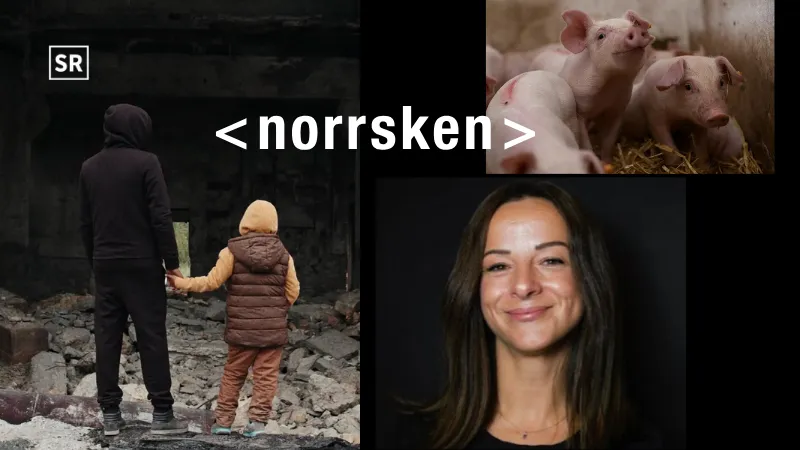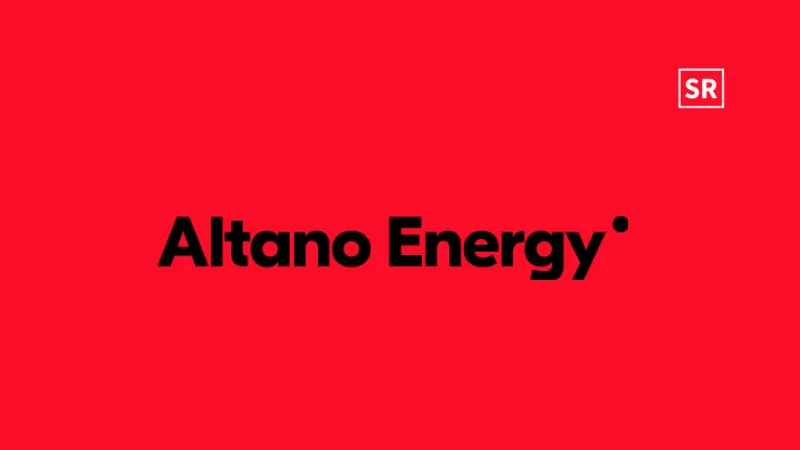ZuriQ funding news – Zurich-based ZuriQ Secures €4 Million in Seed Funding
Jan 23, 2025 | By Kailee Rainse
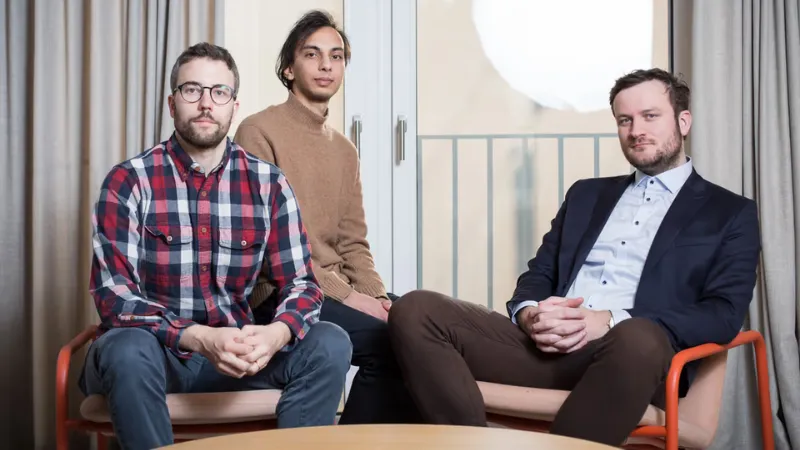
ZuriQ announced it has raised $4.2M to commercialize a radical new architecture that could finally break through this scaling barrier. The seed funding round was led by Founderful with participation from SquareOne, First Momentum Ventures, OnSight Ventures and QAI Ventures.
SUMMARY
- ZuriQ announced it has raised $4.2M to commercialize a radical new architecture that could finally break through this scaling barrier.
- ZuriQ was founded in 2024 by Dr. Pavel Hrmo, Tobias Sägesser, Dr. Shreyans Jain, Prof. Jonathan Home, Dr. Daniel Kienzler, and Dr. Joseba Alonso.
Where traditional approaches connect one-dimensional trap regions into two-dimensional grids - ZuriQ has taken a fundamentally different approach. The company's technology changes how ions are trapped, moving from purely electric fields to a combination of electric and magnetic fields.
This allows ions to move in all spatial directions like an airplane, while competitor ions are more like cars driving along roads and through junctions. As the number of ions grows, just like too many cars creating traffic jams in busy city centers, bottlenecks in information flow will form on the trap chip. The freedom to move the ions in the ZuriQ approach is the key step to unlock the performance of these systems at scale.
Read also - VitVio funding news – London-based VitVio has Secured €1.8 Million in Pre-Seed Funding
RECOMMENDED FOR YOU
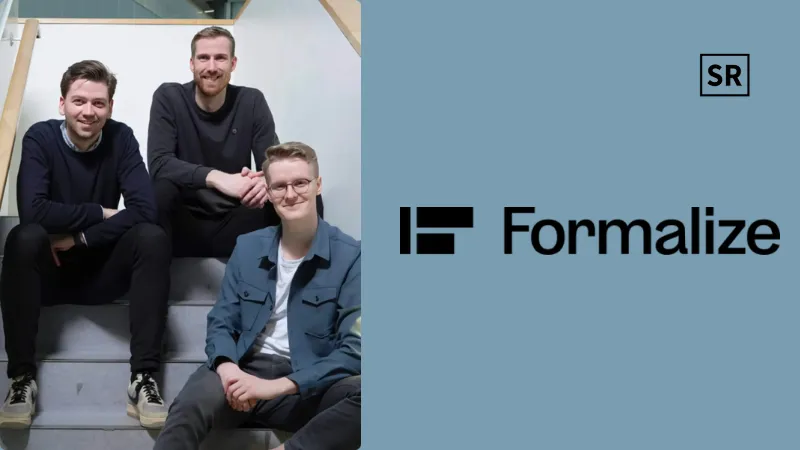
Formalize Secures €30M To Expand Its Compliance Platform Across Europe
Kailee Rainse
Oct 28, 2025
The technology emerged from the ETH labs of Prof. Home, where founders Pavel Hrmo, Tobias Sägesser, and Shreyans Jain came together working on a high-risk project. After setting out to rethink ion trapping, the trio built a novel setup housing a microfabricated trap chip in a large superconducting magnet - an approach many doubted would succeed.
Before capturing their first ion, the team spent months testing hundreds of parts where a single failure could have prevented the setup from working. Then when they first turned on the device, they were met with nothing - the system was silent with no hint as to what might have malfunctioned.
For 6 months, they double checked their calculations, exhaustively explored all experimental parameters and pulled through a period of doubt when most would have dropped back to plan B. The founders, however, had only plan A which proceeded at pace, publishing the initial findings in Nature and demonstrating novel scientific applications all while working to incorporate the company.
Unlike existing quantum computer scaleups Quantinuum and IonQ, who build on decades-old technological blueprints, ZuriQ has redesigned the fundamental computational building block from the ground up enabling a much steeper rate of growth in computing power. Importantly, the re-design maintains compatibility with the proven control techniques developed by the trapped-ion academic community. The company is on-track to demonstrate its first prototype late this year that will have dozens of ions in a reconfigurable 2-d grid.
Investor Pascal Mathis, Partner at Founderful said: “We have been highly impressed by the speed of execution of ZuriQ’s founding team and the pace of progress towards technical milestones that have been elusive in the community so far.”
Quantum computing is finding early applications in quantum chemistry for the pharma industry and in chemical engineering. However, like NVIDIA's GPUs - which most knew only through gaming before becoming crucial to AI development - ZuriQ believes in providing the strongest possible platform for developers to discover innovative applications.
Pavel Hrmo, CEO of ZuriQ said, "The space for few-qubit devices that act as toy models is already saturated, Devices with 20-40 qubits won't drive large profits. We need to focus on long-term scalability and demonstrate that our platform can grow the number of ions in two dimensions faster than our competitors."
About ZuriQ
ZuriQ was founded in 2024 by Dr. Pavel Hrmo, Tobias Sägesser, Dr. Shreyans Jain, Prof. Jonathan Home, Dr. Daniel Kienzler, and Dr. Joseba Alonso. Their technology changes how ions are trapped by using both electric and magnetic fields, allowing ions to move freely in all directions, like an airplane. In contrast, competitors' ions move more like cars on roads and through junctions.


 Follow us
Follow us Follow us
Follow us